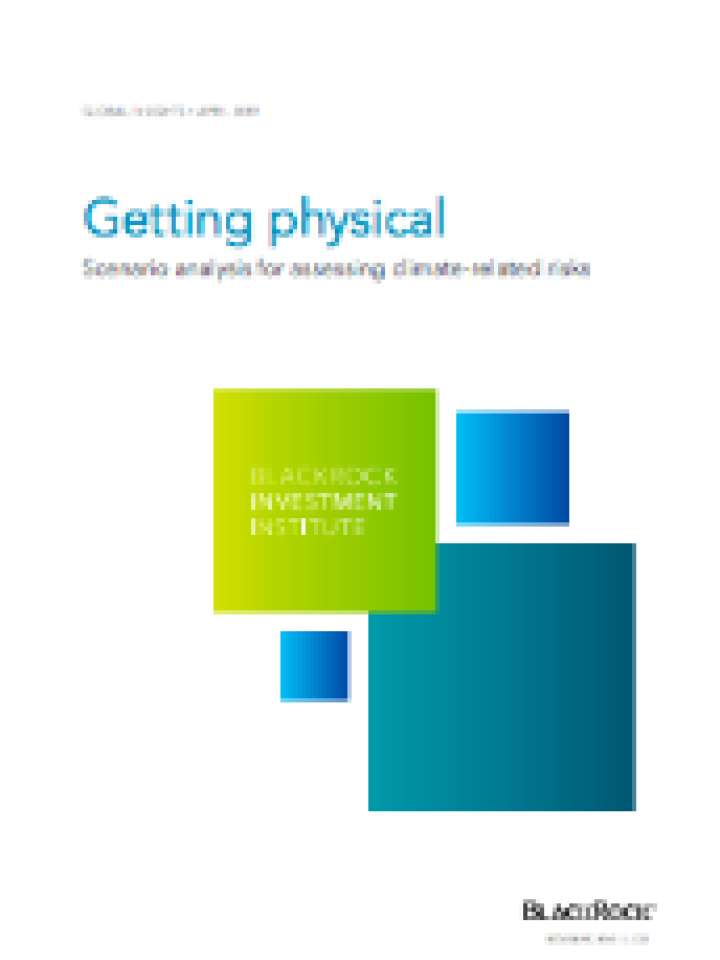Getting physical: scenario analysis for assessing climate-related risks
Source
This report focuses on tools for assessing such the physical risks of climate change and extreme weather to investment portfolios. The report has several key findings:
- Physical climate risks vary greatly by region, drawing on the latest granular climate modeling and big data techniques. This report focuses on three sectors with long-dated assets that can be located with precision: U.S. municipal bonds commercial mortgage-backed securities (CMBS) and electric utilities.
- Extreme weather events pose growing risks for the creditworthiness of state and local issuers in the $3.8 trillion U.S. municipal bond market. The report translates physical climate changes into implications for local GDP — and show a rising share of muni bond issuance over time will likely come from regions facing economic losses from climate change and events linked to it.
- Hurricane-force winds and flooding are key risks to commercial real estate. The analysis of recent hurricanes hitting Houston and Miami finds that roughly 80% of commercial properties tied to affected CMBS loans lay outside official flood zones — meaning they may lack insurance coverage. This makes it critical to analyze climate-related risks on a local level.
- Aging infrastructure leaves the U.S. electric utility sector exposed to climate shocks such as hurricanes and wildfires. The report assesses the exposure to climate risk of 269 publicly listed U.S. utilities based on the physical location of their plants, property and equipment. Conclusion: The risks are underpriced.
Explore further
Themes
Climate change
Private sector
Risk identification and assessment
Urban risk and planning
Governance
Critical infrastructure
Country and region
United States of America

Number of pages
20 p.
Publication year
2019